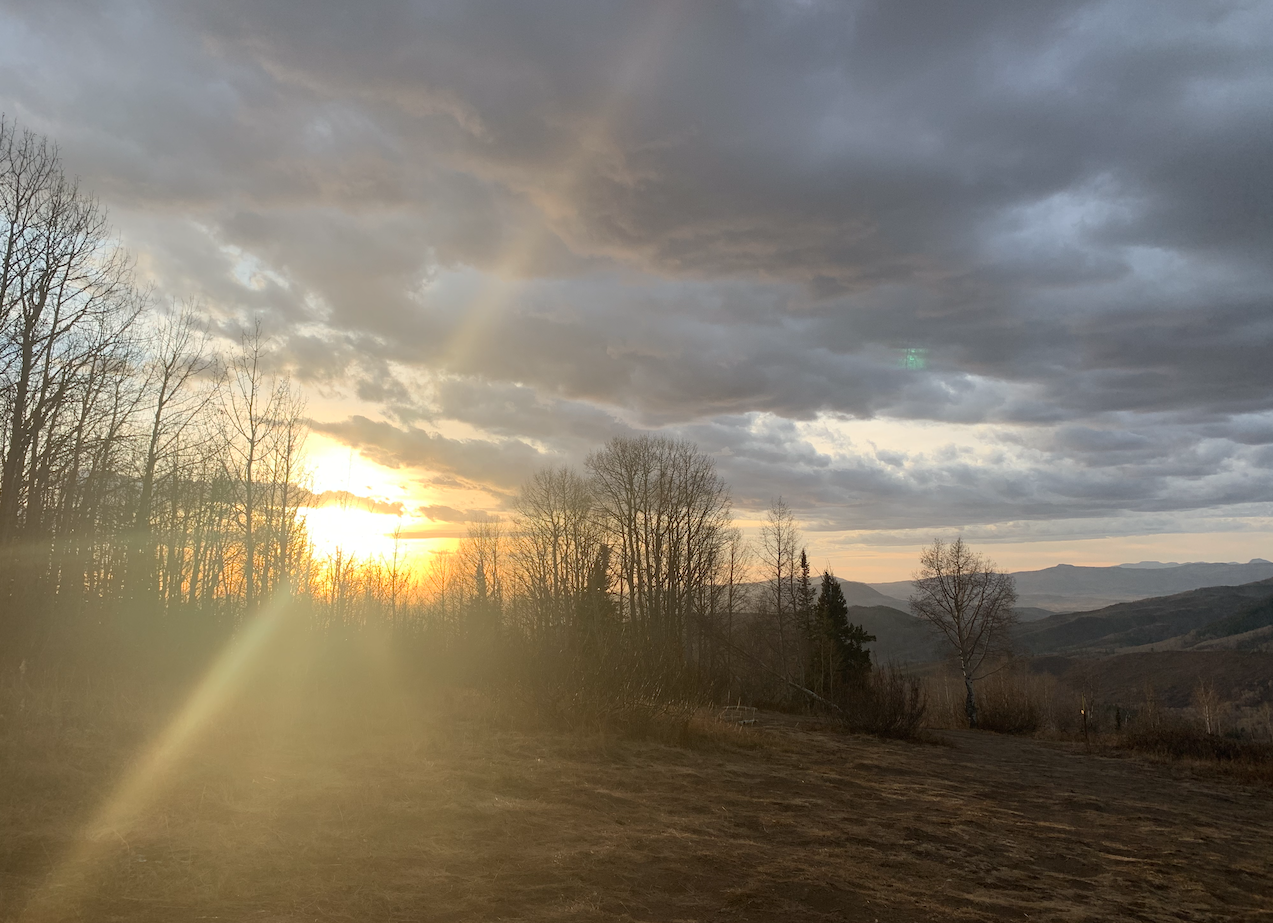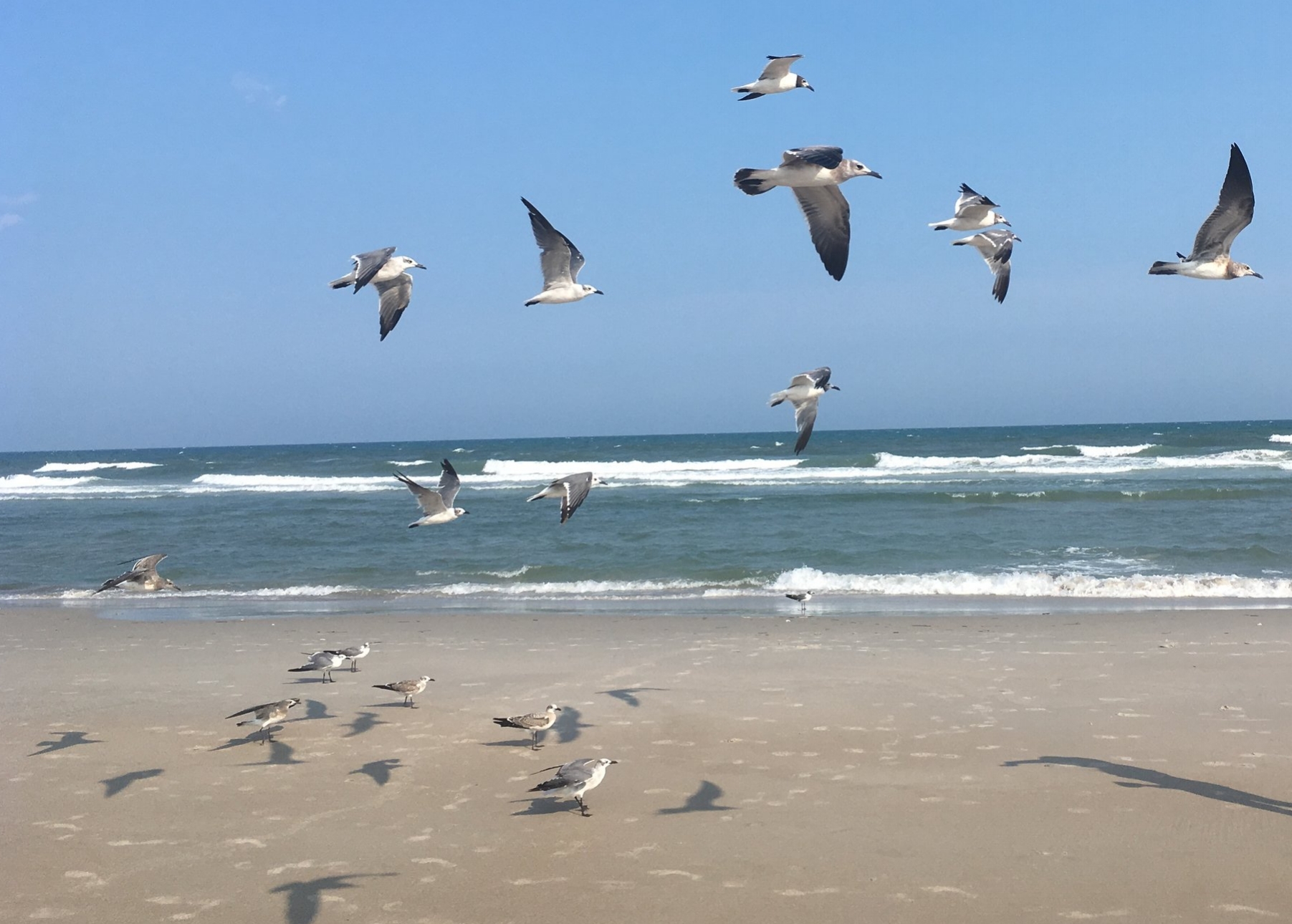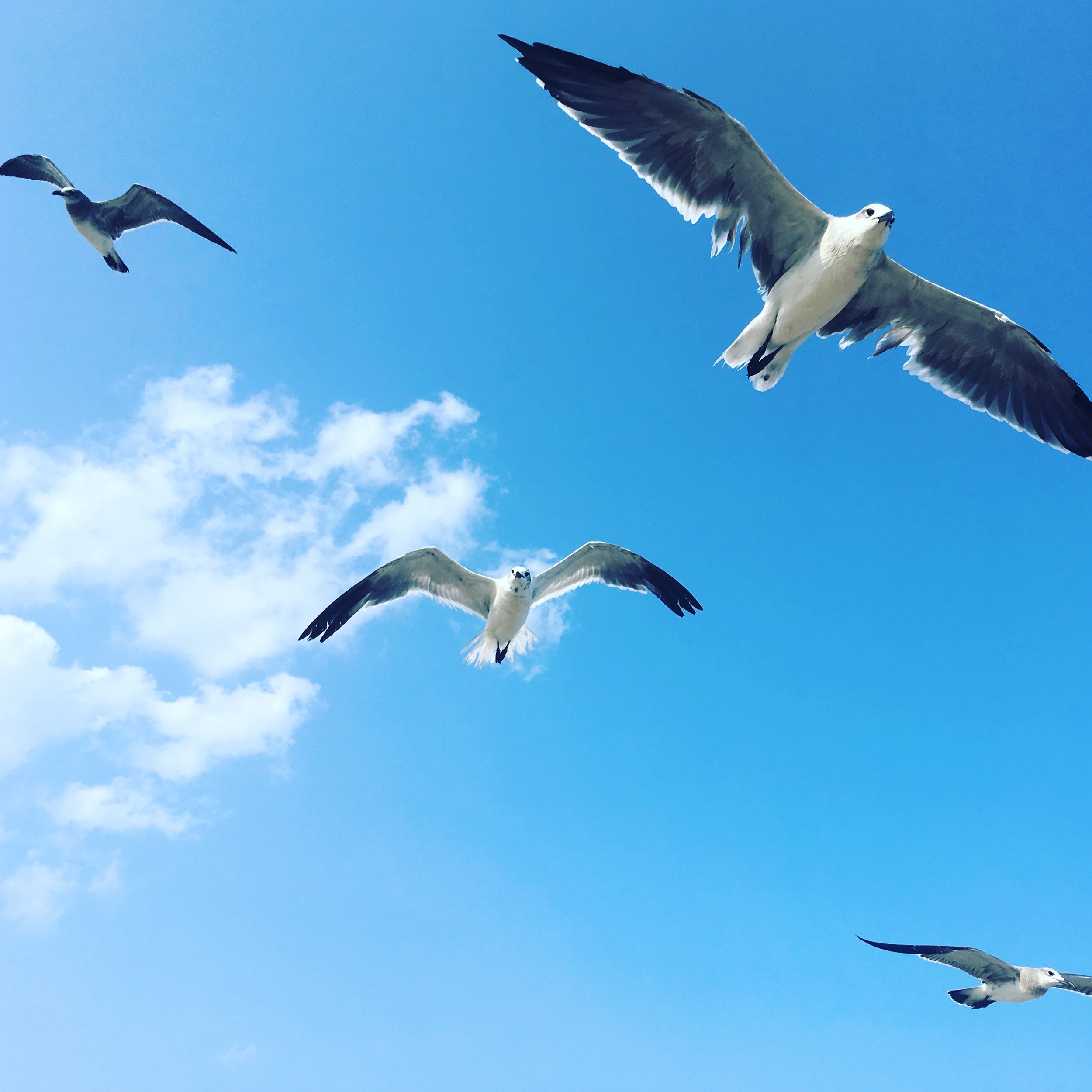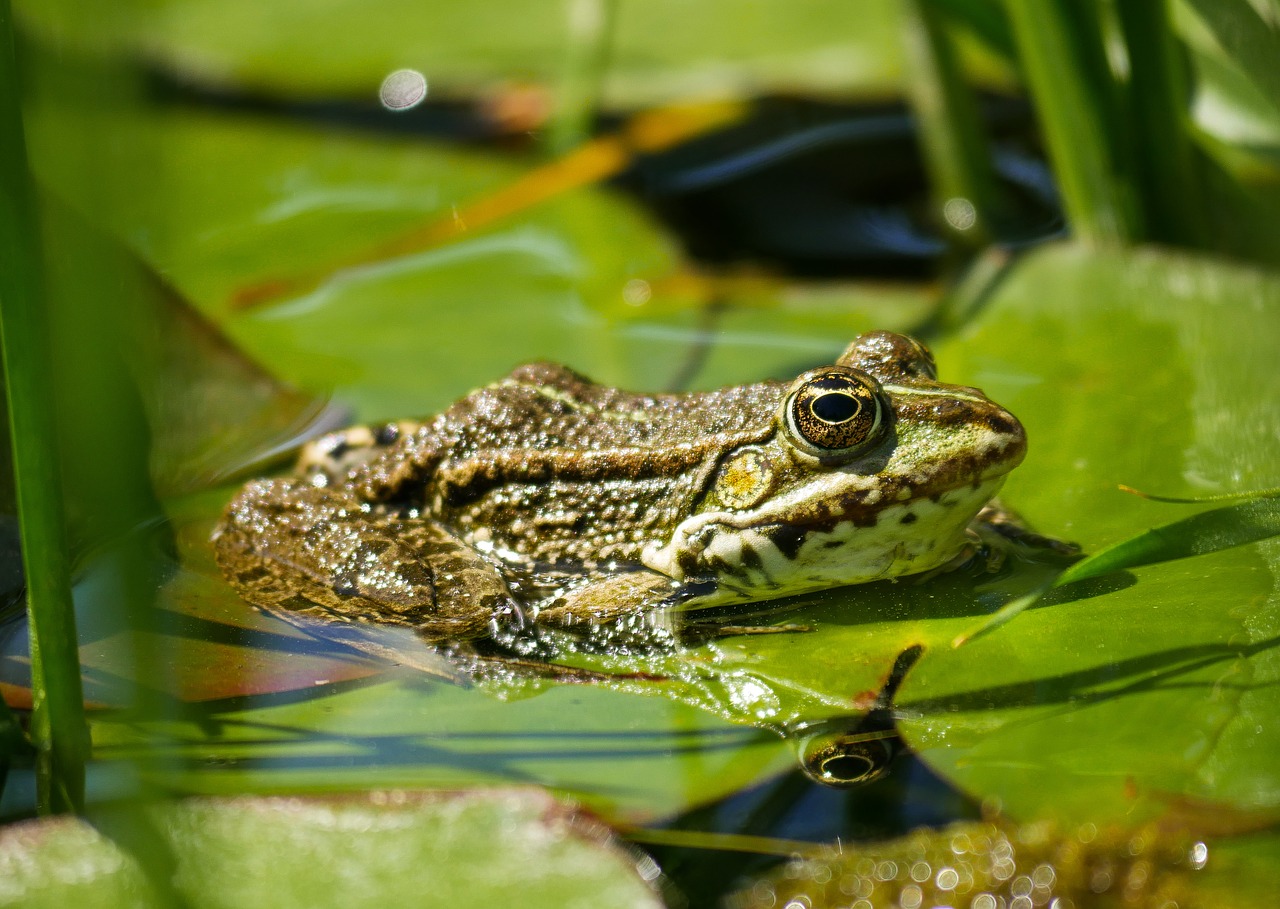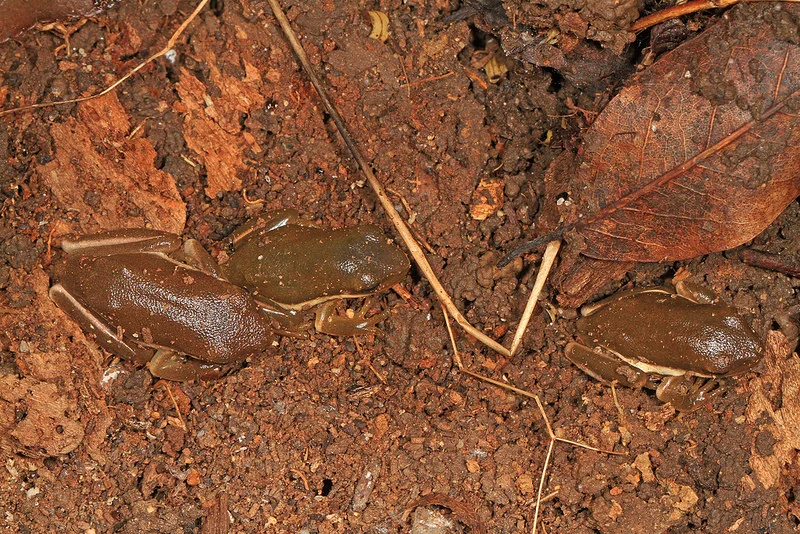Slime has been a mainstay at our house for the past two years. And while I don’t love the sticky mess left behind in bowls and on spoons, I have to admit that the stuff is fascinating.
And, pretty harmless. Because no matter how hard and gunked-up leftover slime gets, I can dissolve it all with vinegar.
Which made me wonder - what exactly is happening when vinegar comes in contact with slime?
First, a quick slime primer. Slime is a weird substance, acting alternately like a liquid or solid depending on the presence or absence of pressure. It’s like quicksand and ketchup - more details here.
That happens because slime is made of glue (a polymer, or long chains of repeating molecules), plus an activator or “cross-linker” like borax. The polymers in the glue and the borate ions (formed when borax dissolves in water) start to link up, stopping those long chains from easily sliding past one another as they had done before.
And then, drumroll……. vinegar enters! Add a decent splash of vinegar, and the whole thing goes liquid.
Vinegar dissolves lots of stuff - remember the old egg-in-vinegar experiment? In that case, the acetic acid in vinegar reacted with the calcium carbonate in the egg shell, producing carbon dioxide gas and turning the shell rubbery.
With slime, vinegar breaks up those cross-linking bonds… and frees whatever the slime was stuck on.
So keep making that slime. Just keep some vinegar nearby.

